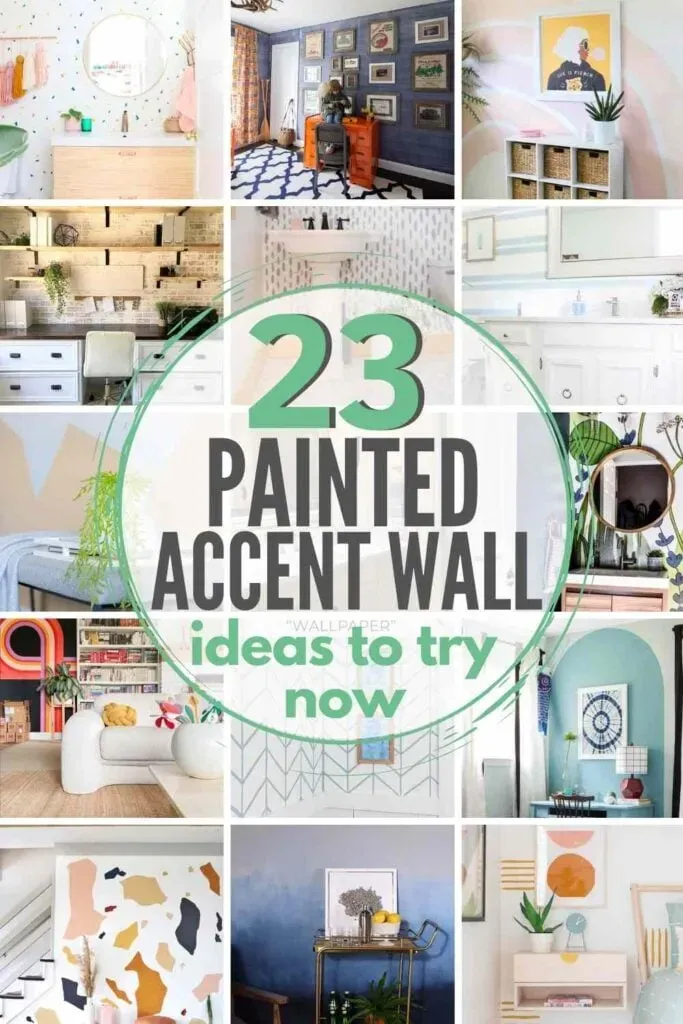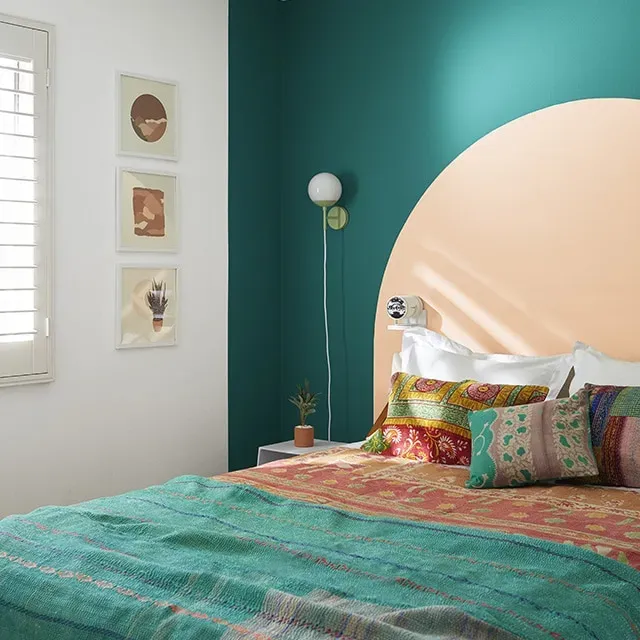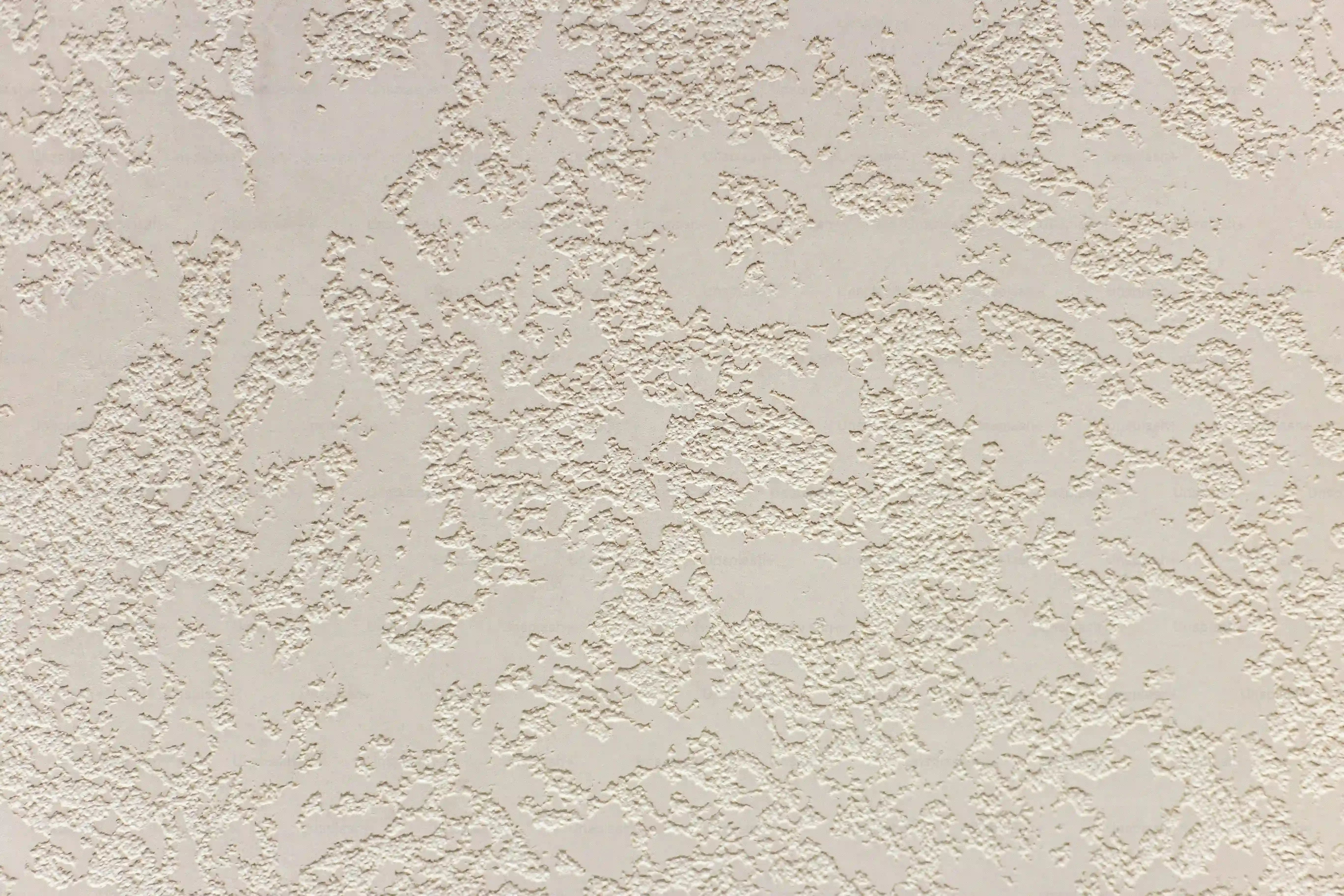Table of Contents
Ever walk into a room and think, "Something is just... missing"? Maybe it feels a little flat, a little predictable, like a beige sweater in a world of sequins. You’ve got the furniture, the rug, the lighting, but it still lacks that certain punch. That's where accent wall paint designs come in. They aren't just about slapping a different color on a wall; they're a strategic move to inject personality, define a space, and make a statement without redecorating the entire house.
Why Bother with Accent Walls? Picking the Right Spot

Why Bother with Accent Walls? Picking the Right Spot
More Than Just a Splash of Color
Look, nobody's saying you *have* to paint an accent wall. Your beige box is perfectly functional, right? But if you're tired of your room feeling like every other one you've seen on Instagram before it was cool, an accent wall is your secret weapon. It's the easiest way to add some drama, some personality, without committing to painting the whole darn room. Think of it as the statement necklace for your living space. It draws the eye, creates a focal point, and can make even the most basic furniture look intentional.
Plus, it's way less paint, way less tape, and way less existential dread than tackling four walls. It's a contained project. You can get it done in a weekend, maybe even a day if you fuel up properly. An accent wall paint design can make a small room feel bigger or a large room feel cozier. It can highlight architecture, frame a view, or simply make that painting you love pop. It’s about making your space feel like *yours*, not just a place where you store your stuff.
Don't Just Pick a Wall, Pick *The* Wall
so you're sold on the *why*. Now comes the crucial part: picking the right spot. This isn't a random decision, like picking the last sad-looking doughnut in the box. The wrong wall can make your room look unbalanced or just plain awkward. The best wall is usually the one you want to draw attention to. Often, this is the wall behind the most important piece of furniture – your bed in the bedroom, your sofa in the living room, or the main wall in a dining area.
Consider the architecture. Does one wall have a cool feature like a fireplace or a large window with a great view? That's a prime candidate. What about the first wall you see when you walk into the room? That's your chance to make a strong first impression with your accent wall paint designs. Avoid walls with multiple doors or windows; they break up the color too much and dilute the impact. You want one solid, uninterrupted surface to really let that color or design sing.
Here's a quick checklist for picking your accent wall:
- Is it a natural focal point (fireplace, main furniture)?
- Is it the first wall you see entering the room?
- Does it have minimal doors or windows?
- Does it make sense with the room's layout and flow?
- Does highlighting this wall improve the room's overall feel?
Popular Accent Wall Paint Designs to Elevate Your Room

Popular Accent Wall Paint Designs to Elevate Your Room
Beyond the Basic Bold Color
Alright, so you've picked your wall. Now for the fun part: deciding *how* to paint it. Simply slapping a solid, bright color up there is the most basic move, and hey, sometimes that's all you need. But if you're feeling a bit more adventurous, there's a whole world of popular accent wall paint designs that can take your room from "nice" to "whoa, tell me about that!" We're talking stripes, geometric patterns, stencils, even faux finishes if you're feeling brave. These designs aren't just about adding color; they add texture, depth, and a custom feel that screams "I actually put thought into this," even if you just followed a simple tutorial. It's your chance to get creative without committing to a full mural (unless you want to, you rebel).
Thinking about design? Here are a few popular routes people take:
- Geometric Patterns: Triangles, hexagons, abstract lines. Requires tape, patience, and a steady hand.
- Stripes: Classic for a reason. Vertical makes ceilings look taller, horizontal can make a room feel wider.
- Two-Tone/Half-Painted: Painting the bottom or top half of the wall. Simple, modern, and visually interesting.
- Stenciled Designs: From subtle textures to intricate patterns. Great for adding detail without freehand drawing.
DIY Guide: Creating Your Accent Wall Paint Design

DIY Guide: Creating Your Accent Wall Paint Design
Prep is Not Optional, It's Everything
so you've bravely chosen your wall and maybe even picked a cool pattern for your accent wall paint designs. High five! Now, before you even think about cracking open a paint can, you need to prep. Seriously. This isn't the fun part, but skipping it is like trying to bake a cake without flour – a guaranteed mess. Clean the wall. Like, *really* clean it. Dust, grime, whatever questionable splatter marks are there – get rid of them. A little sugar soap and water usually does the trick. Let it dry completely. Then, fill any holes or cracks with spackle, sand them smooth, and wipe away the dust. Don't forget to tape off the baseboards, ceiling line, and adjacent walls with good quality painter's tape. Press it down firmly with a credit card or your fingernail to seal the edge. This is the difference between crisp lines and a blurry disaster that looks like you let a toddler help.
Executing Your Chosen Accent Wall Paint Design
With the prep done, it's time to get paint on the wall. If you're doing a solid color, it's straightforward: prime if needed (especially if going from dark to light or using a vibrant color), then apply two thin coats of your chosen paint, letting the first coat dry completely before the second. For geometric or striped accent wall paint designs, this is where the tape artistry comes in. Measure carefully! Use a level to keep lines straight. Apply your first color (usually the lighter one if you have two), let it dry, then carefully place tape *over* that dried paint to create your pattern. Seal the tape edges by painting a thin layer of your *first* color over the tape edge – this bleeds the first color under the tape instead of your new, expensive color. Once that's dry, apply your second color. Don't glob it on; thin coats are better.
Here's a quick reminder of essentials:
- Quality paint and primer (don't cheap out here).
- Good painter's tape (FrogTape is my go-to).
- Drop cloths or old sheets (to protect your floor).
- Paint roller, tray, and brushes for cutting in edges.
- Level and measuring tape for patterned designs.
The Reveal and Cleanup
The most satisfying part? Peeling off the tape. Do this while the paint is still slightly wet (but not dripping) for the cleanest lines, especially with patterned accent wall paint designs. Pull the tape off slowly, pulling it back on itself at a 45-degree angle. If you wait until the paint is bone dry, you risk peeling paint off the wall. Touch up any small mistakes with a tiny brush. Clean your brushes and rollers immediately – dried paint is a nightmare. Gather your drop cloths, admire your handiwork, and maybe take a picture before life happens and something inevitably scuffs it. You've successfully added a serious dose of personality to your room. Pat yourself on the back; you earned it.
Common Pitfalls When Planning Accent Wall Paint Designs

Common Pitfalls When Planning Accent Wall Paint Designs
Mistakes Even the "Experts" Make
you're hyped, you've got your wall picked, maybe even a cool pattern in mind for your accent wall paint designs. But hold your horses. There are landmines everywhere in the world of DIY painting, and accent walls are no exception. The most common screw-up? Picking the wrong color. Not just a color you don't like, but one that clashes horribly with your existing furniture, art, or the room's overall vibe. Another classic blunder is underestimating the power of the color – that tiny paint chip looks cute, but on an entire wall, it can scream louder than a toddler denied cookies. People also forget about lighting; a color looks totally different in natural daylight versus artificial lamp light. And don't even get me started on ignoring surface imperfections; that bold, glossy paint will highlight every single dent and bump you thought nobody would notice.
Making Your Room Pop with Your Accent Wall Paint Design
Integrating Your Bold Choice
the paint is dry, the tape is off, and you're staring at your fabulous new accent wall paint design. Now what? It’s not a standalone art piece; it has to play nice with the rest of the room. Think of it as the lead singer in your band – it's getting the spotlight, but the backup instruments (your furniture, textiles, decor) need to support it, not compete with it. If you went bold with color, maybe tone down the patterns elsewhere. If your accent wall design is intricate, keep the surrounding walls and large furniture simpler. Use throw pillows, blankets, or even small decor items that pick up the accent wall's color or a complementary shade. This ties the room together and makes the accent wall feel like an intentional part of the design, not just a random splash.
Consider the scale of your existing pieces. A massive sofa in front of a delicately stenciled wall might overwhelm the design. Conversely, small, scattered items might look lost against a large geometric pattern. The goal is balance. Your accent wall paint design should enhance the room, not dominate it like a loud guest who won't leave. It should feel like it belongs, like it was always meant to be there, just waiting for you to reveal its glory.
Enhancing the Impact
So you've got the wall, you've got the paint, and you've started integrating it. How do you really make that accent wall paint design sing? Lighting is your best friend here. Strategic lighting can highlight texture, make colors richer, and draw the eye exactly where you want it. Think about directional spotlights aimed at the wall or lamps placed nearby. Artwork hung on the accent wall can also be incredibly effective, creating layers of visual interest. Choose pieces that either contrast dramatically with the wall color or subtly pull colors from your design. Mirrors work too, reflecting the design and making the space feel larger.
Don't underestimate the power of texture elsewhere in the room. A plush rug, velvet cushions, or even a textured plant can provide a tactile contrast that makes your smooth painted wall stand out more. It's about creating a multi-sensory experience. Your accent wall paint design is the star, but the supporting cast of lighting, art, and texture are what make the whole performance unforgettable. It's the difference between a good idea and a room that makes you smile every time you walk in.
How to make your accent wall pop even more:
- Install strategic lighting (spotlights, lamps).
- Hang complementary or contrasting artwork.
- Place mirrors to reflect the design.
- Introduce varying textures in furniture and decor.
- Use plants to add life and visual interest.
The Final Brushstroke: Making Your Mark
So, there you have it. Choosing and creating accent wall paint designs isn't rocket science, but it does require a bit of thought beyond just picking your favorite color. You've seen why one wall can change everything, looked at some options beyond just a solid block of paint, and hopefully feel a bit more prepared to tackle the actual painting part. Avoid the obvious missteps, trust your eye (mostly), and remember that even if it's not perfection on the first try, it's just paint. Worst case, you paint over it. But chances are, that single wall will pull your room together and make it feel less like a waiting room and more like yours.
